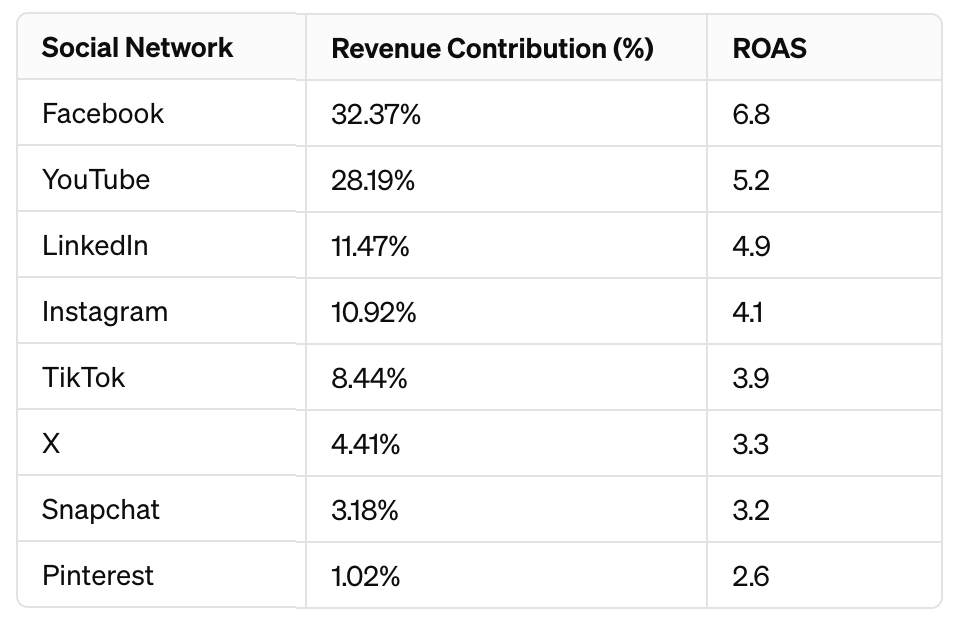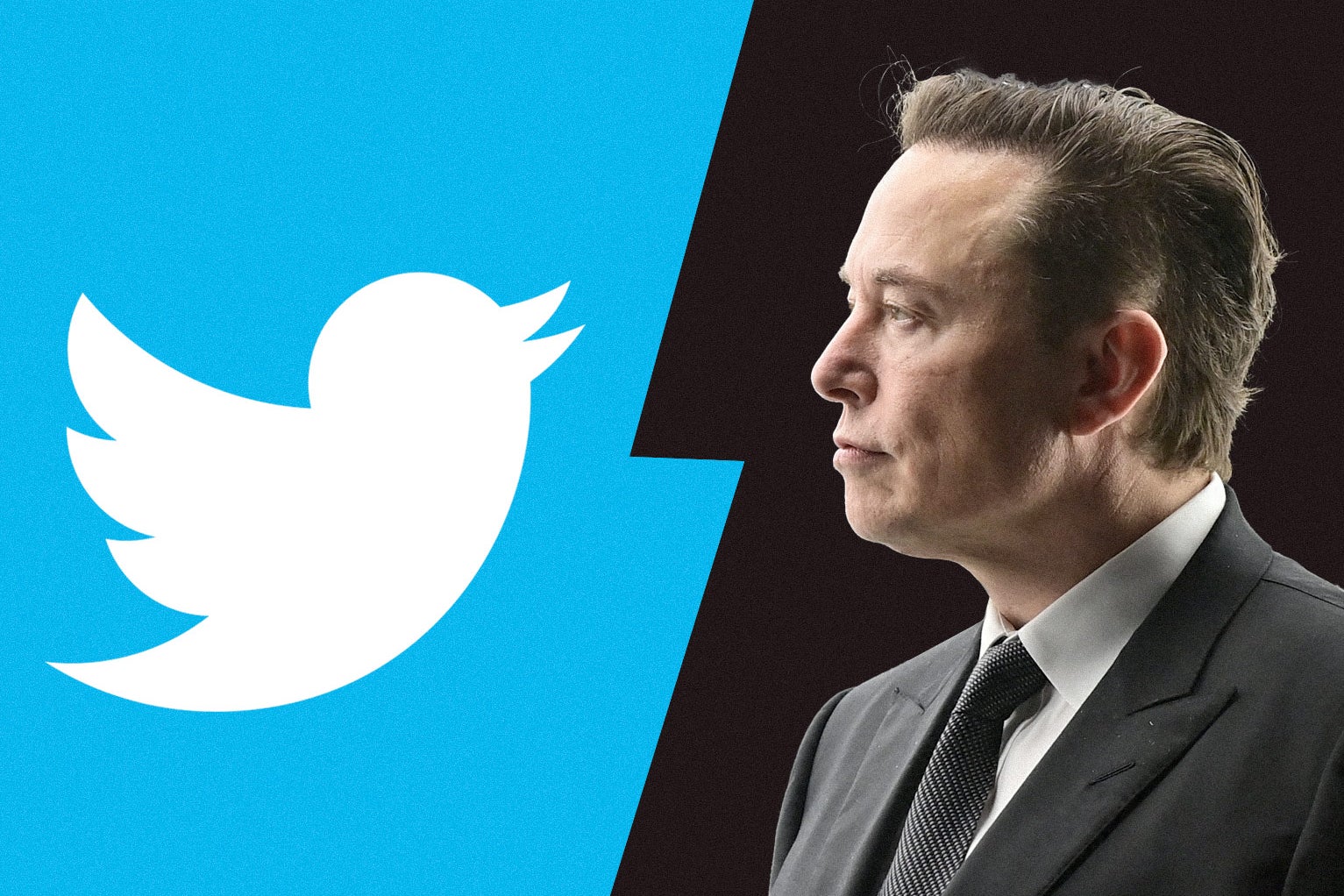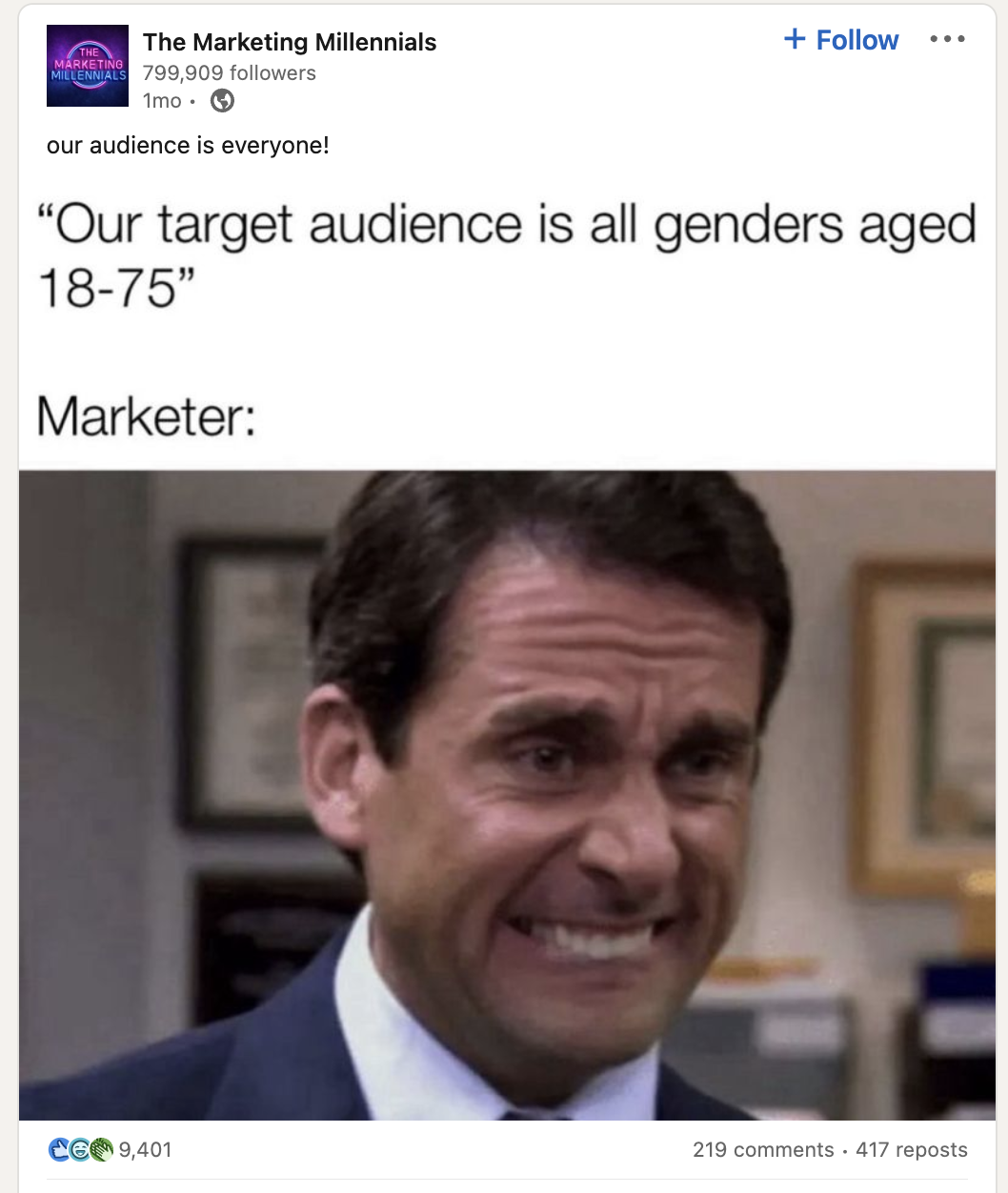Discerning which social media platform has the potential to be your brand’s golden bullet can be tougher than it appears. With each platform offering unique features and reaching different demographics, marketers must strategically decide where to invest their advertising dollars for maximum impact.
For this post, we’re evaluating the best social media platforms for advertising in 2024. We’ll look at why some of the more obvious choices are actually not as initially productive as you might think and what it will take to achieve growth at scale.
Help Me Amplify My Social Presence
Each of the Main Social Platforms’ Standings Right Now
Any digital marketer worth their salt ought to be entertaining strategy with social media in some shape or form, but social media advertising always presents itself with a wide and somewhat jarring array of options. And it’s not always apparent which placement will be the right one for your brand.
Factors like the business’s nature, target audience characteristics and content type play massive roles in determining the effectiveness of each platform. To that end, there are a few obvious choices you might imagine are go-to placements when it comes to the best social media platforms for advertising.
Now, take a look at the following data points (courtesy of our pal Neil Patel over at NP Digital):

This actually tells a really interesting story.
Facebook, YouTube and Instagram are leading drivers of revenue in paid social, commanding significant portions of the market. With billions of daily active users, these platforms offer unparalleled reach, making them go-to choices for businesses seeking extensive audience engagement.
Platforms like TikTok, Pinterest and Snapchat, though smaller in user volume compared to the giants, exhibit higher returns on ad spend.
This tells us that, for certain campaigns, investing in these platforms could yield higher efficiency in advertising spend relative to the giants.
LinkedIn, Reddit, and WhatsApp provide specialized opportunities. LinkedIn’s focus on professional networking makes it ideal for B2B marketing, while WhatsApp’s vast user base offers untapped potential for direct consumer engagement. Reddit, on the other hand provides a relatively lower-cost advertising solution for high-intent audiences.
And, we shouldn’t forget X.
This social platform is in a strange state in the grand scheme of digital ad inventory space because of the way Elon Musk has been handling the Twitter/X.

Many users have left the platform, yet a portion of devoted people still engage with the platform. To that end, it has caused the cost of ads to be a lot less expensive. Makes sense, right? X is trying everything it can to bring people (and advertisers) back to the platform, including offering twitter management services.
Now, here are some interesting observations about the data above:
- X commands a ROAS of 6.8, and Pinterest follows closely with a ROAS of 5.2, surpassing the efficiency of larger counterparts.
- Conversely, Facebook and YouTube, despite their massive revenue contributions of 32.37% and 28.19%, respectively, offer lower ROAS of 3.2 and 3.9.
This tells us that smaller platforms tend to be more effective at accessing niche, focused audiences. However, this isn’t without one big caveat: scalability.
Larger platforms, with their vast user bases, allow campaigns to reach millions of users quickly, a feat less feasible on smaller platforms. For instance:
- Facebook and YouTube’s extensive reach is underpinned by their daily active users, with Facebook alone boasting around 2.1 billion.
- X and Pinterest, while efficient, have smaller user communities, which limits the potential reach of campaigns.
Key Takeaway: Choosing the right platform for advertising is not merely about following the crowd, it’s about understanding where your specific audience spends their time and tailoring your efforts to match platform strengths with your marketing objectives.
Strategic Advertising on Social Media
To optimize your social media advertising strategy, consider the following steps:
- Target Audience Identification: Understanding where your target audience spends their time is crucial. Demographics, behaviors and preferences vary across platforms, necessitating a targeted approach to reach them effectively.
- Advertising Goals Clarification: Your advertising objectives — whether reach, engagement or conversions — will significantly influence your platform choice. Align your goals with the platforms known to excel in those areas.
- ROI Analysis: Prioritize platforms offering the highest ROAS for your industry and marketing needs. Initial focus on platforms with higher ad spend efficiency can maximize budget effectiveness.
- Volume and Efficiency Balance: While newer platforms may offer better ROAS, the extensive reach provided by platforms like Facebook and YouTube should not be ignored. A balanced approach can lead to optimal results.
- Content Adaptation to Platform Strengths: Customize your messaging and content format to the unique features and user expectations of each platform for better engagement and results.
Key Takeaway: Strategic planning, grounded in a deep understanding of each network’s strengths and audience preferences, is essential for maximizing advertising ROI. Tailoring content and choosing social media platforms based on specific marketing objectives can lead to more effective and efficient campaigns:

Last Word on the Best Social Media Platforms for Advertising
At the end of the day, the best route for advertising on social media in your marketing strategy will largely vary based on a myriad of factors, including target audience demographics, content type and specific marketing goals.
Nevertheless, you should consider the figures highlighted here, as they can give you a very keen window of foresight into the utility, longevity and practicality of each of the major social media sites advertisers can choose from.
The key really is to leverage the unique strengths of each platform and align them with strategic objectives during whatever stage of your marketing plan you’re in. If you do that, you’ll have a much quicker road to success in reaching your audience with the most maximal effect.
If you’re ready to level up your social marketing, Single Grain’s social media marketing experts can help!👇
Help Me Amplify My Social Presence
For more insights and lessons about marketing, check out our Marketing School podcast on YouTube.






